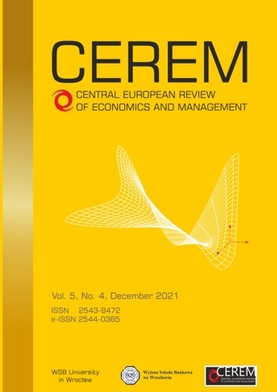A new digital currency system
A new digital currency system
Author(s): Kees Van Hee, Jacob WijngaardSubject(s): Business Economy / Management, Economic policy, Financial Markets, Fiscal Politics / Budgeting, ICT Information and Communications Technologies
Published by: Wyższa Szkoła Bankowa we Wrocławiu
Keywords: monetary systems; payment systems; central banks; software;
Summary/Abstract: Aim: The aim of this paper is to describe the construction of a new system for digital currency governed by the central bank, Central Bank Digital Currency (CBDC). Although the system uses cryptography, it is a new alternative for crypto currency like the Bitcoin. Today there is a global discussion about the process of money creation by the commercial banks and the need for CBDC available for a broad public. There is almost no literature how such a system could be constructed. In this paper we fill this gap. The system we describe, uses modern cryptography that guarantees privacy on the one hand but that allows for traceability on the other hand. Also we consider the possibilities for new fintech initiatives and the new role of commercial banks. Research methods: The research method can be classified as design research since we present a high level model of the system as a proof-of concept. So it proofs that such a system is feasible in principle. It is expected that the paper contributes to the discussion on CBDC systems. Conclusions: It is shown that it is indeed possible to design a CBDC system that is far more efficient than the well-known crypto currency systems. But the system uses one distributed system for transaction processing governed by the Central Bank or a trusted third party. This might be seen as a drawback but the system is performing only very elementary transactions that are easy to verify. Originality: The approach is new. Although existing cryptography techniques are used, the system as such is a completely new alternative for CBDC. Implications: The paper shows that a CBDC system is relatively easy to construct and so this paper could play a role in the transition to such a system in reality.
Journal: Central European Review of Economics and Management (CEREM)
- Issue Year: 5/2021
- Issue No: 4
- Page Range: 33-60
- Page Count: 28
- Language: English

